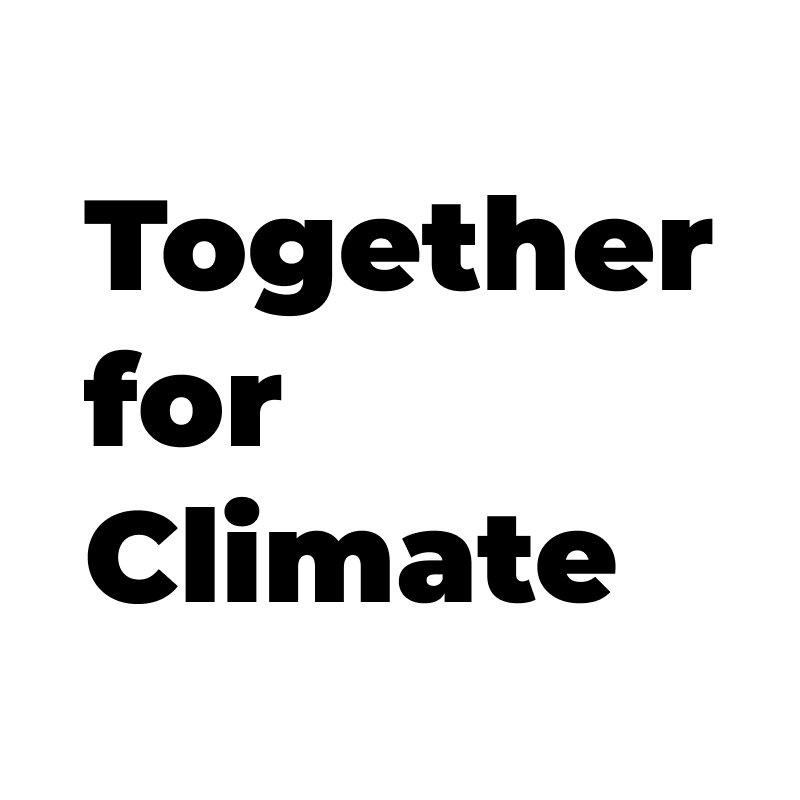Those heatwaves across Europe were not normal
The heatwaves across Europe were not a positive summer story, they were a symptom of a planet that is rapidly getting warmer and warmer.
If you were reading or watching the news, you would've seen the heatwaves that spanned across Europe. The U.K broke new records with 41°C, with the Met Office releasing its first ever red weather warning for extreme heat. Andorra issues a "significant danger weather warning" due to heat. France saw an estimated 42,000 acres burnt in wildfires as a result of extreme heat. Germany estimated 1,636 heat-related deaths. In Italy, wildfires were three times the historical average. In Spain, 1,505 people died from the heat wave. These are just a handful of examples of how devastating the shock European heatwave truly was.
However, from a quick glance at the media, you wouldn't have guessed just how awful this extreme temperature was. Many were praising the beautiful beachy weather and others complain about people taking days off work and school.
The truth is, these heat waves are going to become more and more common with climate change, and hotter, drier summers will become the norm in the upcoming years - ultimately causing more devastation. The knock-on effects of this include disruption to travel, damage to infrastructure, harm to crop yields, and of course increased heat stress on humans and animals.
Of course, you will hear the counterargument that heatwaves happen. For instance, the U.K saw a similar heatwave in the summer of 1976. What is worrying, though, is that these heatwaves will become much more regular. The heatwave that Europe just experienced was a result of weather fronts that carry rain being "blocked".
The severe and deadly heat that hit Europe was unusual for the continent, but it actually wasn't surprising. Scientists have been warning policymakers and the general public for years about global warming, even in places that are used to mild weather like the U.K and the Netherlands.
Though countries in Europe are incredibly wealthy, the heatwaves did expose the continents' unique vulnerabilities. Less than 5% of homes across Europe have air conditioning, and Europeans themselves are less acclimated to the heat. The urbanised setting means there are much fewer green spaces, essentially tuning cities into ovens. This extreme heat has been and will continue to be deadly unless change is made.
So, what can we do? Having conversations about how these heatwaves are becoming more regular, how they are a deadly hazard, and how they are a result of climate change. These conversations do help.
Here are Together For Climate, we are trying to find solutions to these extreme weather issues. One way is through the use of Slow Permafrost Thawing.
As the climate continues to warm, the artic will melt, this will unlock a huge carbon stock. We help provide natural grasslands that are naturally maintained by various grazing animals. This is a viable solution to both climate warming and prevent the permafrost from melting. You can support institutions that slow permafrost thawing with monthly subscriptions.
